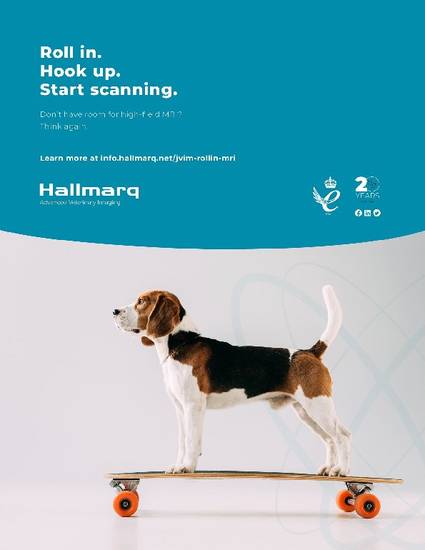
Background: Angiotensin-converting enzyme inhibitors (ACEIs) are commonly prescribed in dogs, but the ideal dosage is unknown.
Hypothesis/Objectives: In dogs with cardiac disease, a dose-response relationship exists for ACEIs with respect to long-term outcome.
Animals: One hundred forty-four dogs with cardiac disease, 63 with current or prior congestive heart failure.
Methods: Retrospective medical record review. Cox proportional hazards models were used to determine variables associated with 2-year survival or survival from first-onset congestive heart failure (CHF).
Results: Median initial ACEI dosage was 0.84 (interquartile range [IQR], 0.56-0.98) mg/kg/day, and 108/144 (75%) of dogs received q12h dosing. No clinically relevant changes in renal function test results, serum electrolyte concentrations, or blood pressure occurred between initial prescription of ACEI and first reevaluation (median, 14 days later). In univariable analysis, higher ACEI dose was associated with increased survival from first-onset CHF (P = .005), and within the subgroup of dogs in CHF at the time of ACEI prescription, higher ACEI dose was associated with improved survival at 2 years (P = .04). In multivariable analysis, q12h dose frequency of ACEI (hazard ratio [HR], 0.30; 95% CI, 0.10-0.88; P = .03) and higher serum potassium concentration at visit 1 (HR, 0.39; 95% CI, 0.16-0.97; P = .04) were predictive of 2-year survival. The ACEIs were well-tolerated, with only 8/144 (5.6%) dogs having ACEI dose decreased or discontinued because of adverse effects.
Conclusions and Clinical Importance: Twice daily dose frequency might optimize the cardioprotective benefit of ACEIs.
Available at: http://works.bepress.com/jessica-ward/13/

This is the published version of the following article: Ward, Jessica L., Yen‐Yu Chou, Lingnan Yuan, Karin S. Dorman, and Jonathan P. Mochel. "Retrospective evaluation of a dose‐dependent effect of angiotensin‐converting enzyme inhibitors on long‐term outcome in dogs with cardiac disease." Journal of Veterinary Internal Medicine (2021). DOI: 10.1111/jvim.16236. Posted with permission.